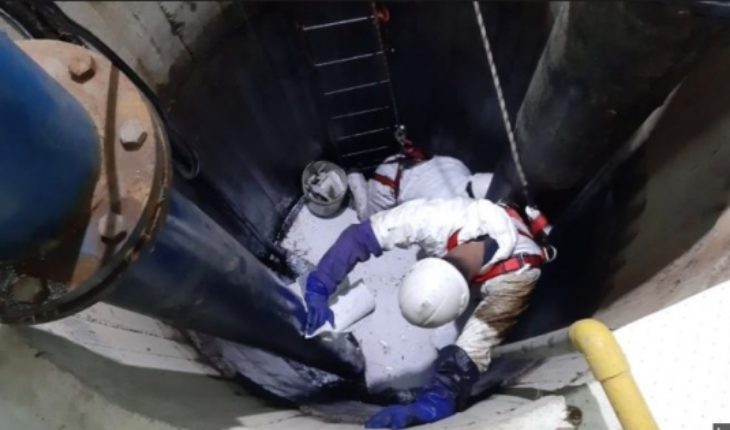Osorno is being the victim of a natural human-caused disaster and neglect in storage fuel. More than 48,000 households without drinking water from the spill of 1,100 liters of oil stored by the healthcare company. Immediately, the “influencers” of the contingent policy call for the most drastic sanctions and show desolation in the face of such events, without concrete measures and omitting that the spillage of dangerous substances in our natural sources, are not made new and are repeated persistent in our history, requiring action according to experience.
Thus, what happened in Osorno is not an isolated event. We must remember that just a few days ago the Supreme Court upheld a 370 million pesos penalty of the Superintendency of Electricity and Fuel against the Ski La Parva Complex for the kerosene spill from one of the fuel ponds that ended in the Mapocho River causing a water supply to 9,000 people in the eastern sector, where the SEC called on companies to take protective measures at fuel storage sites. Facts that occurred in 2017, and only after two years, we have learned the end of the process, and clearly that the SEC recommendation has not been adopted by the regulated.
On the other hand at the beginning of the year, the rupture of a pipe at the Codelco Andina plant generated a mining shed on the waters of the Rio Blanco, one of the tributaries of the Aconcagua River, Valparaíso region, which caused Esval to suspend water production. It was known that people filed complaints with the Superintendency of the Environment and that the IpDI Environmental Crimes Brigade investigated the facts, without any developments on the matter. Apparently, it was all kept in a drawer protecting the interests of the state copper company.
Finally, and only by way of example, the famous case of spillage in the Bay of Quintero, in the Maritime Terminal of ENAP Refinery Aconcagua, when the tank container Mimosa was carrying out operations aimed at the discharge of oil. It is emblematic, because in the face of such serious events the Superintendency of the Environment reported that it was incompetent to monitor, the Supreme Court having to issue a ruling that calls, one of the main institutions of environmental reform, to exercise its competitions for control and sanction, with the objective of the environment only.
This scarce sampling, in my view, shows us that it exists on the part of our “influencers” of contingent policy an absence of real traceability of cases of substance spills in our tributaries, which if studied, would invite them to a necessary reflection on the exercise of the supervisory powers of the Superintendency Electricity and Fuel, Superintendency of Health Services and Superintendency of the Environment and the constitutional obligation to hold an investigative commission that analyses whether there are real control measures that prevent the occurrence of these unfortunate facts. On the other hand, it would be necessary to form a working table between the community, Municipality, Ministry of the Environment and State Defense Council, to take measures related to possible damage to the environment.
Likewise, in the case of Osorno, the Government invites the judgment of the Supreme Court that welcomes protection resources in respect of Quintero and Puchuncaví, which determined the existence of an environmental natural catastrophe produced by human beings. Indeed, the Court was emphatically that in cases of natural disaster, such as Osorno’s, the action of public bodies must be coordinated through the National Emergency Office, because thus administrative coordination is aimed at satisfying the exceptional needs of the public.
In this way, natural disasters, environmental contingencies and crises in the provision of services by private, must be weighted by the Administration and influencers by experience, and not by the bowels of the provocation of twitter.
translated from Spanish: Lessons not learned from oil spills and natural disasters
July 14, 2019 |





